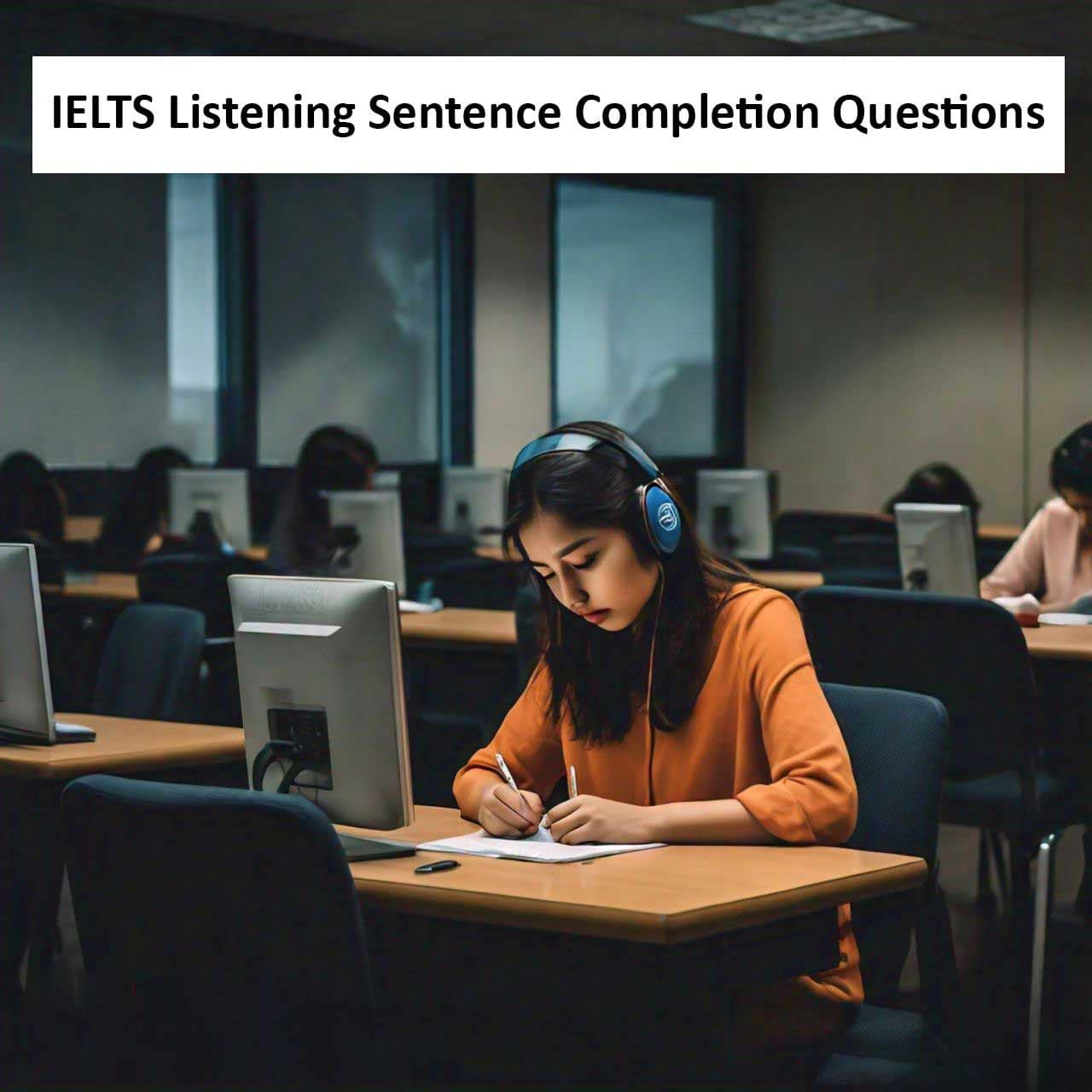The listening section of the International English Language Testing System (IELTS) exam can be a significant challenge for many test-takers. With its fast pace, diverse accents, and varied question types, it requires not only a strong command of the English language but also effective listening strategies. In this blog post, we’ll break down the IELTS listening section and explore strategies to help you tackle it with confidence and achieve success.
Table of Contents
Understanding the IELTS Listening Section:
The IELTS listening section consists of four parts, each containing a different type of listening task. These tasks assess various listening skills, including understanding main ideas, specific details, opinions, and speaker attitudes. Here’s an overview of the four parts:
1. Part 1 – Conversation or Monologue: A conversation between two speakers in everyday social contexts or a monologue on a common topic.
2. Part 2 – Conversation: A monologue or dialogue set in an everyday social context, such as a speech about local facilities or a conversation in a social setting.
3. Part 3 – Academic Conversation: A conversation between up to four speakers set in an academic context, such as a university lecture or seminar discussion.
4. Part 4 – Academic Lecture: A monologue on an academic subject, such as a university lecture.
Strategies for Success:
1. Preview the Questions: Before each section begins, take a few moments to quickly scan the questions. This will give you an idea of what information to listen for and help you anticipate the content of the recording.
2. Focus on Keywords: Listen for keywords and phrases that match the information in the questions. These keywords can help you locate the answers more efficiently and accurately.
3. Use Predictive Skills: Try to predict what the speakers will say next based on the context and your understanding of the topic. This can help you anticipate answers and stay engaged during the recording.
4. Take Efficient Notes: While listening, jot down key points and important details. Focus on capturing essential information rather than trying to write everything down verbatim. Abbreviations and symbols can help you take notes more quickly.
5. Be Mindful of Spelling and Grammar: Pay attention to spelling and grammar when transferring your answers to the answer sheet. Even small mistakes can cost you valuable points, so double-check your answers before moving on to the next section.
6. Stay Calm and Focused: Maintain a calm and focused mindset throughout the listening section. If you miss an answer, don’t dwell on it. Stay attentive and concentrate on the remaining questions.
7. Practice Regularly: Familiarize yourself with the format and question types of the IELTS listening section through regular practice. Listen to a variety of English accents and topics to improve your listening comprehension skills.
8. Simulate Test Conditions: When practicing, simulate test conditions as closely as possible. Listen to recordings in a quiet environment without distractions and time yourself to ensure that you can complete each section within the allocated time limits.
Conclusion:
Mastering the IELTS listening section requires a combination of effective listening skills, strategic thinking, and regular practice. By understanding the format of the listening section, employing targeted IELTS strategies, and practicing regularly, you can boost your confidence and performance on test day. Remember to stay focused, manage your time wisely, and approach each question with a clear understanding of what is being asked. With dedication and persistence, you can conquer the IELTS listening section and achieve your desired score.



